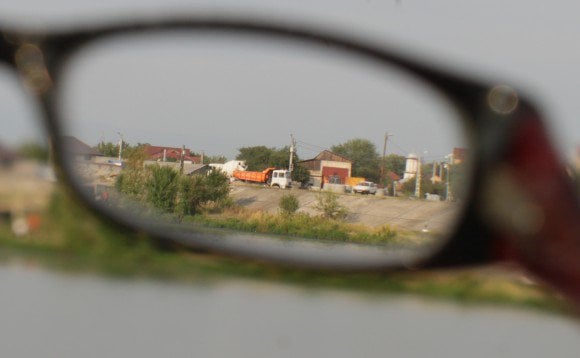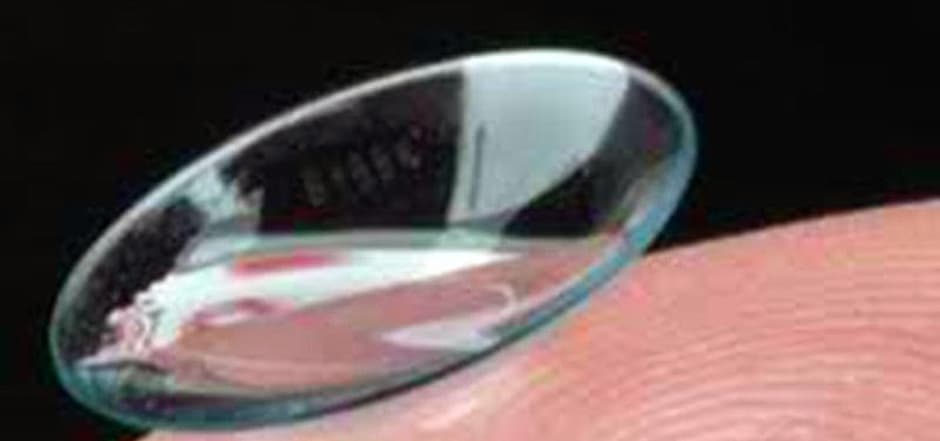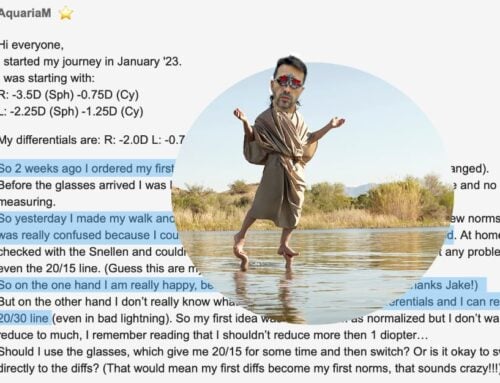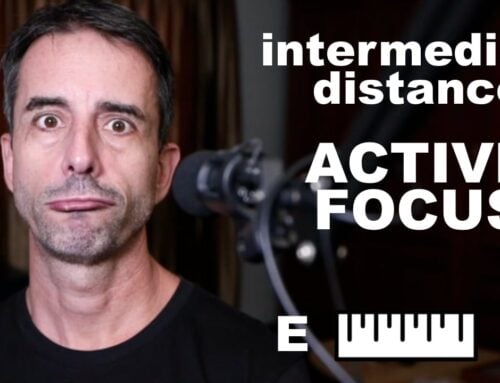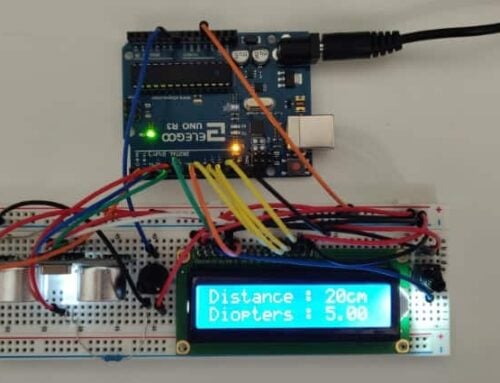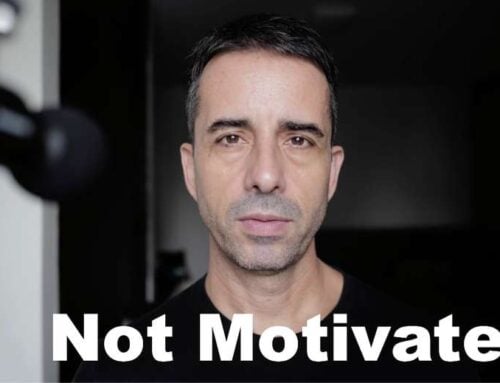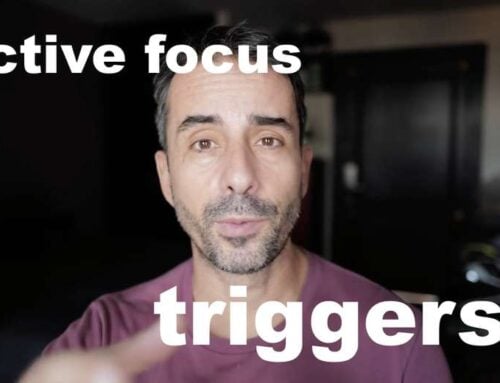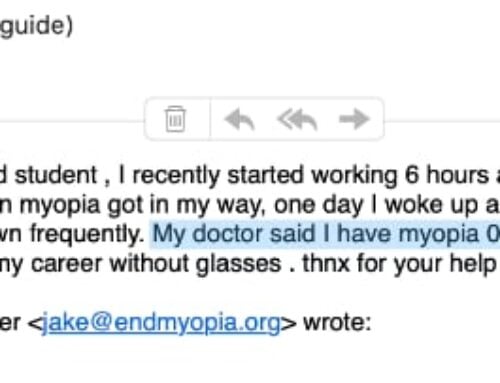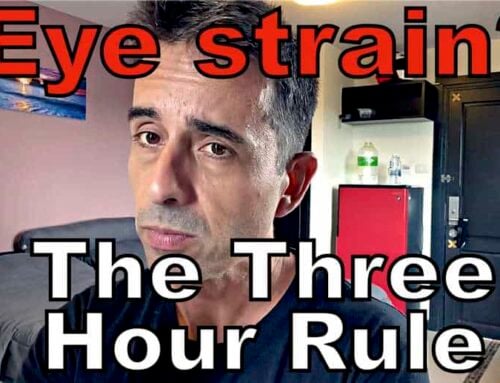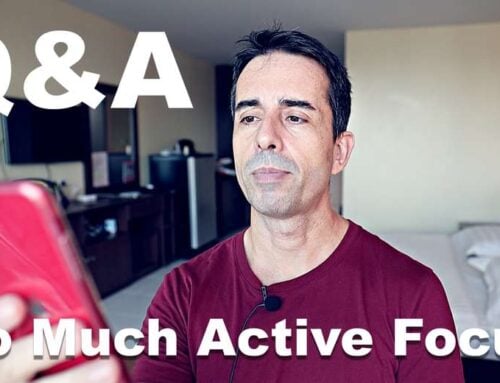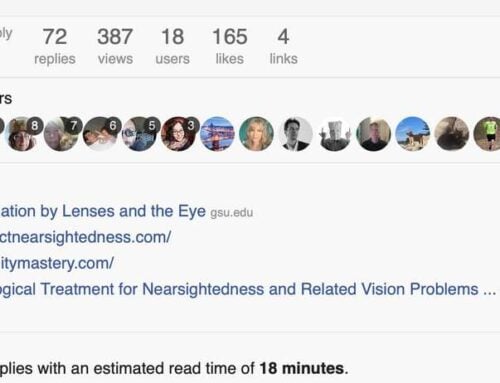Very early on in the Vision Improvement Course, we talk about peripheral vision awareness.
It would seem a bit odd to get into that so early on, since the main things that contribute to your eyesight’s improvement are a) lowered strain, b) active focus, and c) the correct use of prescriptions.
And while I do keep the first month tightly focused on the key subjects, peripheral vision is more important than we might think.
Realize about how big your field of vision really is.
Sitting here reading this installment, take just a moment to defocus from the words on the screen, and just be aware of the “corner of your eye”.
Did you try it?
Isn’t it rather amazing, just how much you can see? Of course you loose so much of the detail, but you know that the couch is back there, you are aware of the window, the wall, the pictures on the wall, if something were moving way there there in your periphery, you would notice.
If you haven’t done it, go ahead, take a moment to just be aware of your field of vision. And here is the problem:
Peripheral vision awareness is lost, to a great extent, on prescription lens wearers.
That is the exaggerated view, but note just how much of a line is really drawn between clear and “off limits”.
You have the lens, which has the ideal focal point at it’s center, and progressively changes focus as you move out from the very center of the lens. Then, when you reach the edge of the lens (as you perceive your surroundings), there is an actual barrier. A line, past which everything is blurrier (to a significant extent).
This is of course entirely unnatural, as to how your brain expects to perceive incoming signal.
Think of horse blinders.
That is what glasses tend to do, to your peripheral vision awareness.
Or look at this monkey study, discussing how peripheral vision affects refractive development.
That one is from the Investigative Ophthalmology & Visual Science Journal. It’s a bit of a dense read, but a treasure trove of information of what science actually does know about myopia. So much more than one would ever find at the local optic shop’s optometrist. And leading back to the subject here, the importance of peripheral vision.
Exercising peripheral vision awareness, is an important part of your overall vision health.
It’s quite easy to do peripheral vision exercise, doesn’t require any complex regime or process. Installment #5 (if you want to revisit) describes it quite well.
The other thing you might consider, especially as high myope, is to use contact lenses for this practice.
They give you a greater range of peripheral vision, and far less of the jarring edge between sharpness and blur, that you get from glasses and their frames.
No defined boundary, and the lens covers the whole field of your vision.
A reduced contact lens prescription, ideally based on your normalized (already reduced) prescription, is a good starting point for this strategy. I provide direct advice on your individual case for this in one-on-one therapy (one of the options from the sign-up page).
Of course, there is never any hard sell on the site. So, if you are not in one-on-one, you can do this:
You will want to have done at least the basic Web Program, and know how to measure your eyesight, and have a normalized distance prescription already. You want to already be familiar with the peripheral vision exercise in Installment #5. You want to take the prescription numbers of your normalized prescription, and reduce that value by another 0.25 diopters (on average, keep in mind that this is an entirely sweeping generalization of a subject that really merits some individual attention).
The reason for this is that your vision with contact lenses tends to be a bit better than with glasses, and for this exercise we really just want a prescription strength that is enough for good eyesight, but not stronger than your perceived vision with glasses.
Now with the slight reduced contact lenses, you can do the peripheral vision exercise (as described in Installment #5).
This is the ideal scenario.
In real life, this is of course less than convenient. It means having to sort out another prescription, and ordering contact lenses (always do this online, it’s cheaper and far less hassle in terms of buying without another specific prescription sheet required). It isn’t something I would urge you to do. This rather falls into the category of marginal and optional. If you really enjoy the peripheral vision exercise, and have been wondering how to make it more effective, if your degree of myopia just is too high to get the most of it – then you can use the contact lens option to satisfy your desires for a great peripheral vision exercise.
I hope you enjoyed this article, send me an e-mail anytime if you have questions, or post in the forum (if you are a member).
Enjoy!


